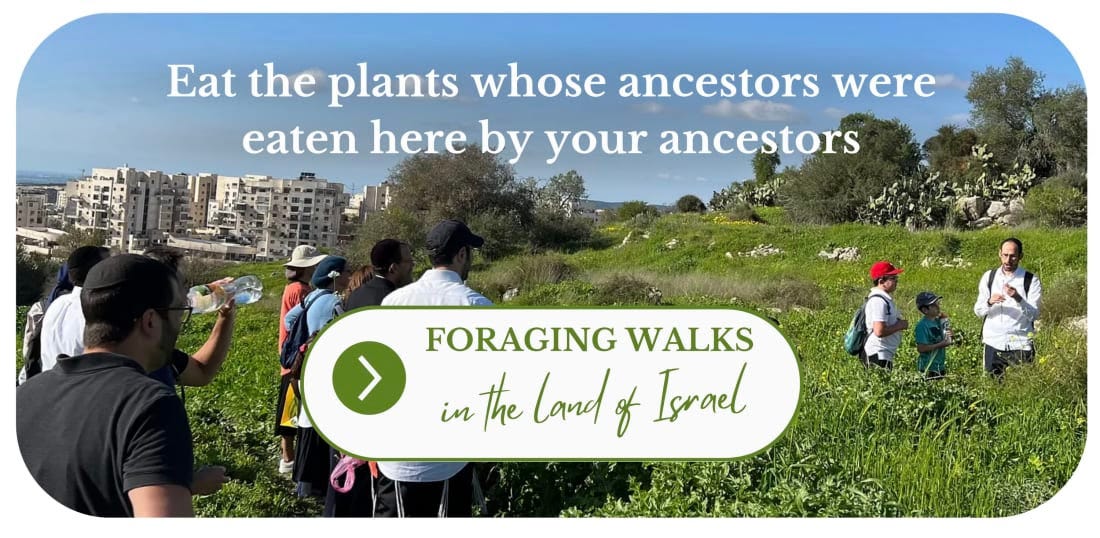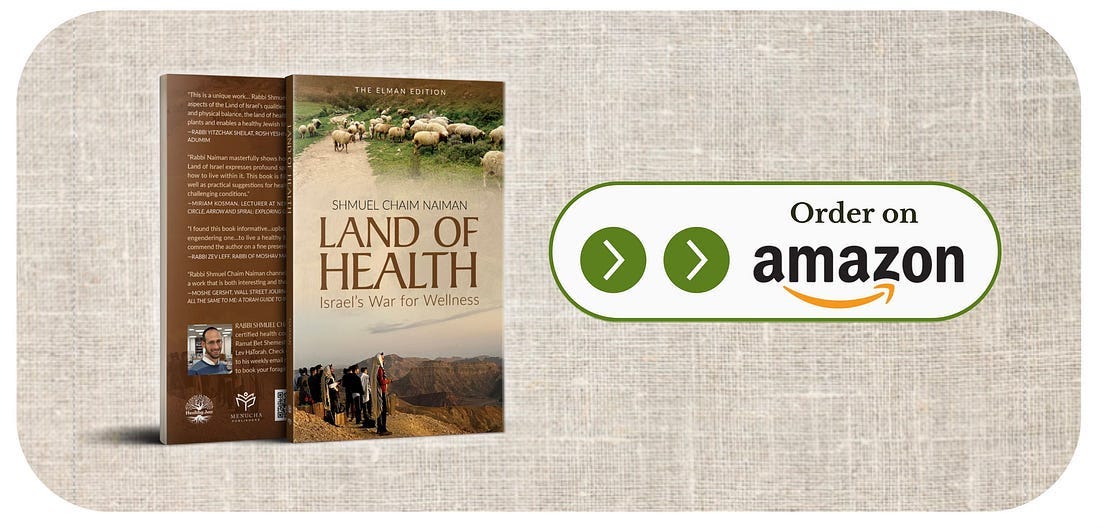Dear Healthy Jew,
In yesterday’s Torah portion, we read how our forefather Yaakov’s (Jacob) children are reunited after 17 years of painful separation and dramatic encounters.
Yosef (Josef) is benevolent and forgiving, the brothers who sold him into slavery are ashamed and humbled, and Binyamin (Benjamin) - the center of so much of the story - quietly brings everyone together.
Centuries later, the Jewish nation united to serve God together in the Temple built in Binyamin's portion of Israel.
Tribes and Lines
As Yaakov and his family descend to Egypt, the Torah again takes a headcount, but this time Yaakov’s children are nascent tribes - the heads of 12 families that would soon burgeon into the Jewish nation.
What’s the point of 12 tribes?
Jews aren’t simply a bunch of people that descend from one common ancestor. If so, we'd be either completely homogenous or hopelessly conflicted. Instead, we descend from the number of lines that connect together to form a single enclosed place.
Look at the room around you:
There are 4 lines in the ceiling, one for each end where it connects with the walls.
There are also 4 lines in the floor where its ends connect with the walls.
Finally, the walls themselves have 4 lines where they connect with each other.
Altogether, 12 lines bond to form a single, specific space.
Each line has its own place, direction, and message. The line connecting the ceiling with the southern wall has a very different character than the one connecting the eastern and northern walls. But when all the lines plays their role in synchrony, we have a complete place to live inside.
12 vs. 7
Compare 12 to one of Judaism’s other unifying numbers.
Every point has 6 directions extending outward: right, left, forward, backwards, up, down. But none of those directions have any relevance unless they are derived from a single point in the center.
That center point, which is the essence of Shabbos (Sabbath) - the 7th day - brings every direction together in oneness. It’s the source for all the dimensions - and inside it they are all the same.
On the other hand, the place made from 12 lines can be large or small, high or low, narrow or wide. And the lines don’t blend into each other but meet in their respective corners.
Land of 12 Tribes
Natural Israel isn’t a point at the center of 6 directions, but a place that’s divided into 12 portions, one for each tribe. Each tribe of Israel contributes their unique personality and ideas to to the Land and the Nation.
We learned in the Healthy Israel series (which by the way will soon be a book) that Israel is the land of healthy balance because it brings together different climates and altitudes. Similarly, Israel brings together the 12 tribes of the Jewish nation.
The 12 Tribes Today
In our troubled times, we desperately need God's presence in Israel. We allow God inside our world when we build for Him a place to dwell in Israel: each tribe in its own line, all connecting together.
We must accept, love, and work together with people who think and live differently in things such as
how to dress modestly and respectably.
internet and smartphone use.
length and quantity of prayer.
balance of working and Torah study.
how religious Jews should participate in secular society.
I doesn't mean there aren't legitimate differences of opinion on these and other issues. We’re 12, not 7.
We're not all exactly the same, and aren't meant to be. But we're on the same team, building together a place on earth for God’s presence.
Thank you for reading Healthy Jew.
Here are 2 great paths to continue the journey:
Also check out this intro and index to explore hundreds of posts about our 3 Healthy Jew topics: Wellness with Wisdom, Land of Life (Israel), and Sensible Spirituality.
Finally, always feel free to reach out here with any comments, questions, or complaints:
I look forward to hearing from you!
Be well,
Rabbi Shmuel Chaim Naiman









What do you see as the primary cultural differences in the 12 tribes in the past and today? Who are each of the 12 tribes today in your subjective opinion?